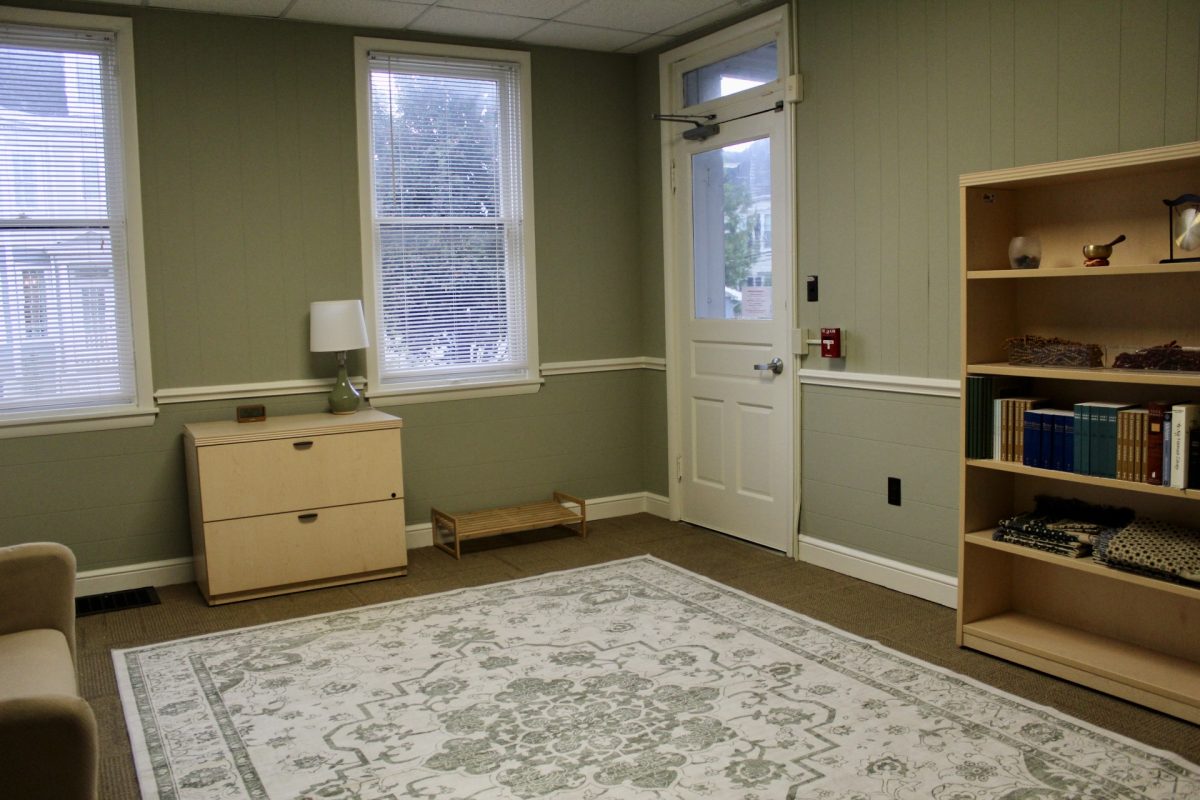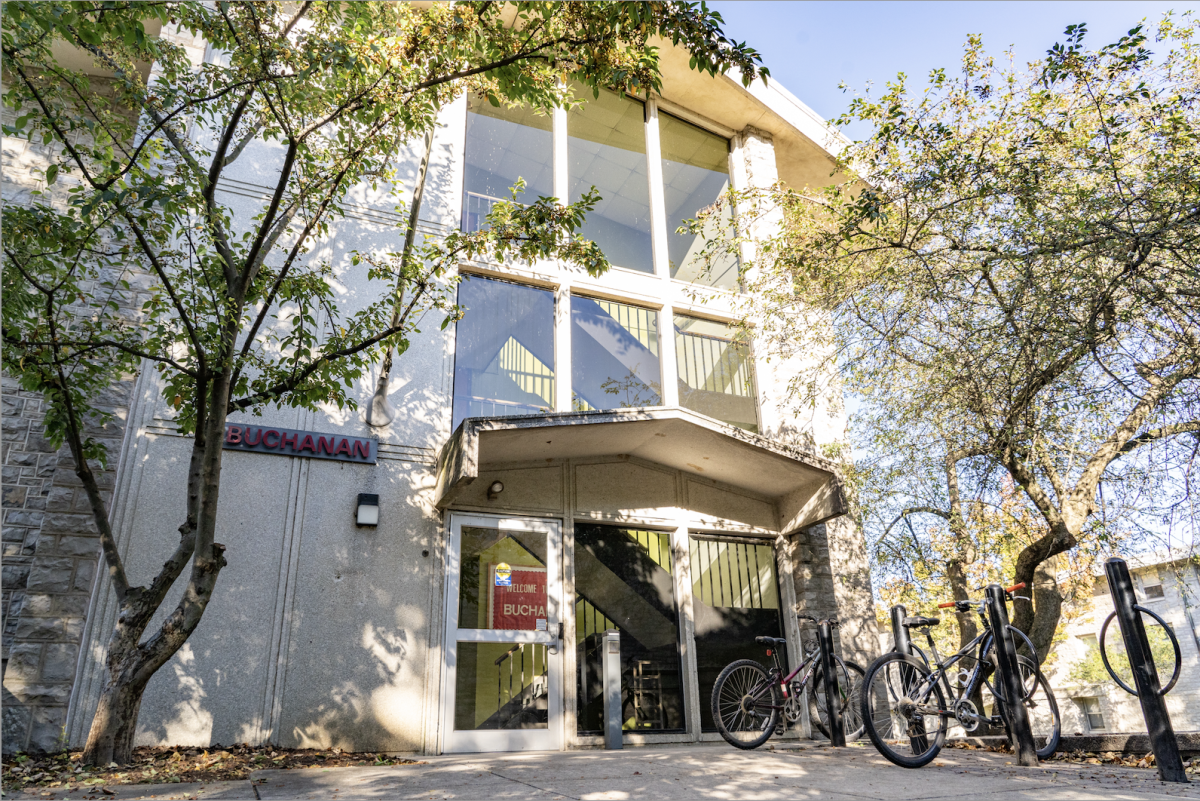
Would you sell your soul for art?
World-renowned artist Vitaly Komar, famous for starting his performance art business to allegedly buy people’s souls, brought the experience and struggles of creating political art in Russia during the 1970s to Dickinson on Thursday, April 4 during his lecture “My Experience as an Artist in Russia and the West.” “It was an interesting mix of social commentary, and I’m impressed they got an artist of this caliber to come to campus” said Florence Helbing ’13.
Growing up an artist, the Soviet government found Komar’s work to be offensive and he was forced to leave Russia in the late 1970s. Influenced by the work of foreign contemporary Andy Warhol, Komar’s art mixes conceptual thinking centering on Soviet propaganda and social truths based on life in Russia and America. Komar creates works that challenge and immortalize set principles of their society.
“Art is a moment of translation from one language to another,” said Komar. The difference in languages of the art comes out with the meticulous attention to lines, which separate different images and ideas. According to Komar, the lines in his art symbolize dramatic splits between images of government, belief systems and social perceptions of the Soviet Union.
“This semester I’m teaching a course on Soviet literature, culture and art, so the timing for his visit was perfect,” said Alyssa DeBlasio, assistant professor of Russian, who took the initiative to bring Komar to Dickinson.
During the lecture, Komar explained how his collaboration with Melamid brought about new definitions and genres of art. For example, they commented on democracy and capitalism by creating a business to which people sold their souls for money. They worked with Warhol to make people think about the value of a soul, and what resulted was an example of their new genre.
“I found it interesting how Pop Art was made from overstimulation of commercialism and Sots-art was made from overstimulation of ideology,” said Sam Drabkin ’16.
Komar’s creations of Sots-and-Pop-Art incorporated his knowledge of avant-garde and post-modernist artistic details into focusing on the politics of his surroundings.
“I can’t see the line between personal and political art,” admitted Komar.
“[Komar]’s presentation was an excellent opportunity to see a synthesis of these forces, as Sots-art both subverts and borrows from the aesthetic project of the Stalin years,” said DeBlasio.
His work spread throughout the latter half of the twentieth century and is portrayed in galleries from the Louvre to Dickinson’s Weiss Center for the Arts.




